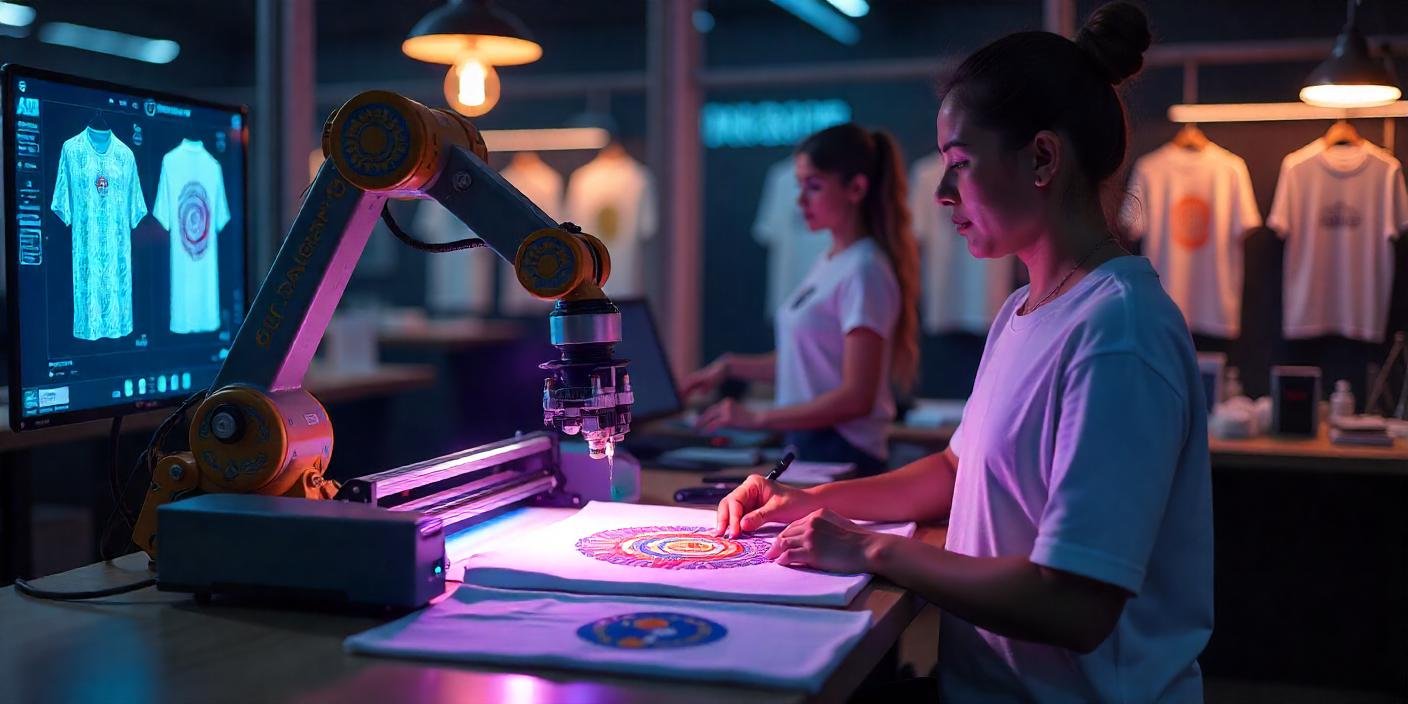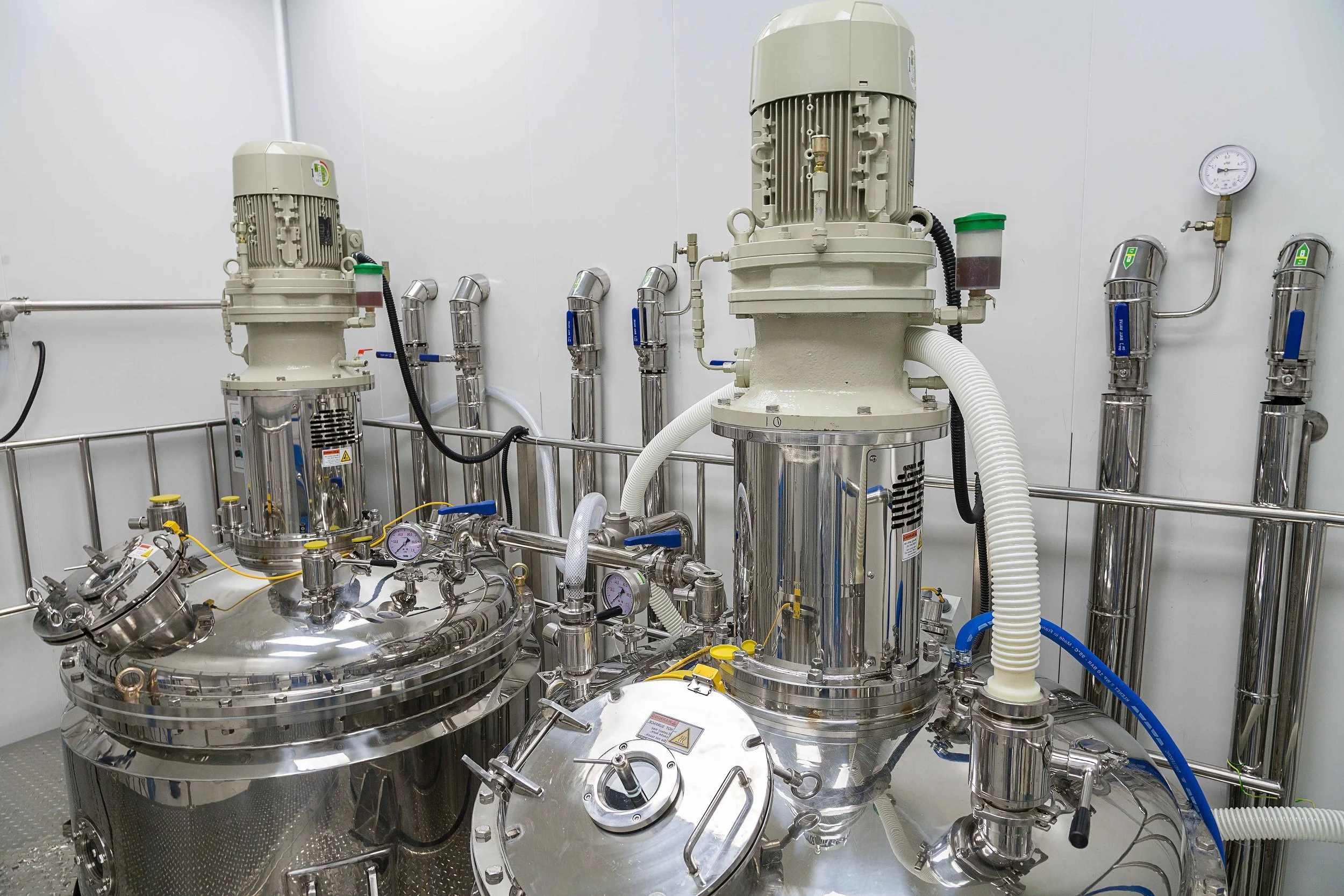Exploring the Future of Gene Editing
As medical technology evolves, gene editing has become one of the most advanced and life-changing technologies of the 21st century. Research in gene editing proves the potential for revolutionary changes in the medical and agricultural industries. Scientists can now precisely change DNA, offering hope for eradicating genetic disorders, disease treatment, and creating solid and disease-resistant crops. As with many scientific breakthroughs, ethical implications come with them. The future of gene editing is now, and learning about it ensures preparedness.
What Is Gene Editing?
Gene editing is a scientific process that allows scientists to manipulate DNA and make precise changes. With technology advancing rapidly, scientists can use gene editing for humans, animals, and plants. A gene delivery system allows scientists to introduce foreign genetic material into a host cell to prompt gene expression.
Transforming Medicine
One of the most exciting applications of gene editing is its potential to revolutionize the medical industry. Scientists believe that diseases once thought incurable can one day be eradicated through consistent gene editing research and development.
Gene editing technology, such as CRISPR-Cas9, can target particular genes responsible for diseases. Researchers are currently exploring gene editing applications for genetic diseases such as:
Cystic fibrosis
Muscular dystrophy
Sickle cell anemia
Genome editing also holds great promise for cancer treatment. Scientists are working to develop advanced techniques for editing immune cells and making them better fighters. Scientists hope this therapy will lead to better treatments with fewer side effects and more positive outcomes.
Revolutionizing Agriculture
Gene editing goes beyond medicine and is significantly impacting the agricultural industry. It can help scientists develop greater crop sustainability, disease resistance, and nutrition. As climate change continues to threaten, editing allows scientists to make DNA changes that help crops become more resistant to temperature extremes and flooding. These developments can help ensure greater food security worldwide.
Gene editing can also improve the nutritional value of crops. By biofortifying specific crops like rice and wheat, scientists can infuse them with valuable vitamins like iron and vitamin A to help combat nutritional deficiencies.
This advanced application can also help protect the environment. Plants may no longer need chemical pesticides and fertilizers, making farming less damaging to the environment. Although these applications remain promising for the agricultural industry, the population still has concerns about GMOs and their long-term impact on health.
Impacts on Society
The power to edit genes brings significant ethical concerns. Society must grasp the answers to questions about appropriate use and the potential consequences that can arise.
One of the most pressing concerns is ensuring gene editing is available for all, including the underserved. People also worry about the potential for designer babies in the future, where parents can custom-make their child's DNA. With the long-term effects still primarily unknown, concerns remain about the impact of gene editing on future generations.
The Future of Gene Editing
While gene editing is at the forefront of scientific studies, much of its potential remains hidden. Scientists are working consistently to unlock editing's potential to help improve the medical and agricultural industries. Scientists must proceed with caution to ensure ethical restraints. There is no doubt that gene editing has the potential to transform the human race, but great caution must be taken to ensure findings are protected and not misused. It will be interesting to see how this technology advances in the coming years.






